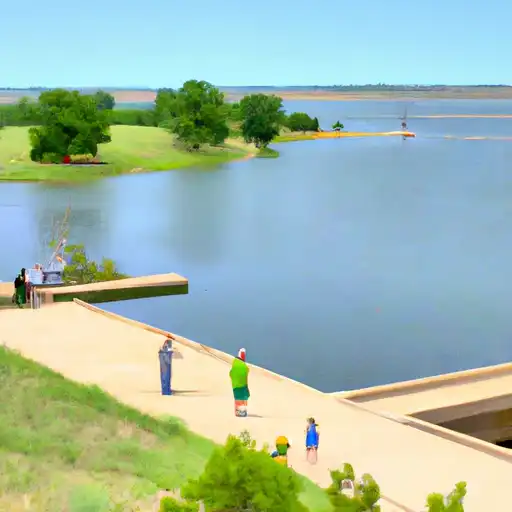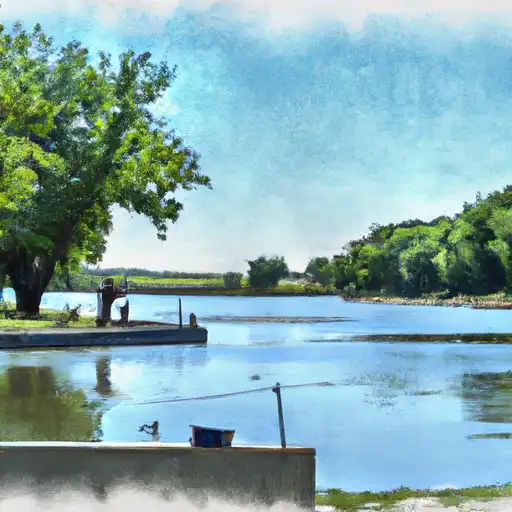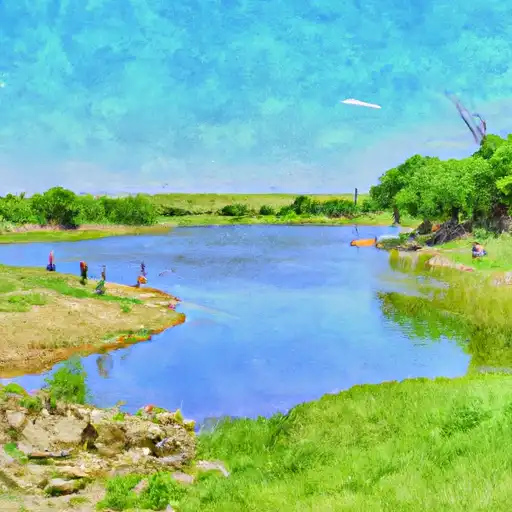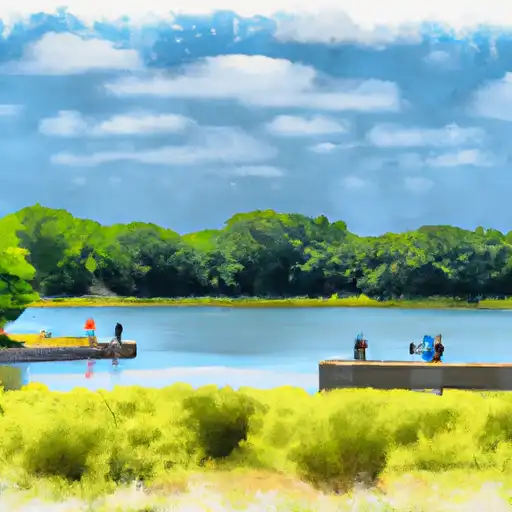Summary
It experiences a humid subtropical climate, characterized by hot summers and cold winters. Summers are typically hot and humid, with temperatures often exceeding 90°F (32°C). Winters are chilly, with temperatures dropping below freezing and occasional snowfall.
Hydrologically, Wichita is situated along the Arkansas River, which runs through the city. This river serves as a water source and forms a significant part of the city's landscape. Additionally, Cheney Reservoir, located about 25 miles west of Wichita, offers opportunities for boating, fishing, and other water-related activities.
Outdoor recreation enthusiasts have plenty of options in Wichita. The city boasts numerous parks, trails, and golf courses, providing opportunities for hiking, biking, and picnicking. Sedgwick County Park, situated along the banks of the Arkansas River, offers beautiful scenery, playgrounds, and sports facilities. Exploration Place, a science and discovery center, is a popular destination for families and outdoor enthusiasts interested in hands-on learning experiences.
In summary, Wichita, Kansas provides a diverse climate with hot summers and cold winters. The city's hydrology is primarily influenced by the Arkansas River and offers outdoor recreation opportunities such as boating, fishing, and hiking in parks and nature trails.
Weather Forecast
Wichita receives approximately 824mm of rain per year, with humidity levels near 80% and air temperatures averaging around 14°C. Wichita has a plant hardyness factor of 6, meaning plants and agriculture in this region thrive during a short period during spring and early summer. Most plants will die off during the colder winter months.

 Sedgwick
Sedgwick
 South Riverside Park
South Riverside Park
 North Riverside Park
North Riverside Park
 Emerson McAdams Park
Emerson McAdams Park
 Lynwood Park North
Lynwood Park North
 Wichita - K-96 Lake
Wichita - K-96 Lake
 Wichita Emery Park Pond
Wichita Emery Park Pond
 Sedgwick County Park
Sedgwick County Park
 Wichita Buffalo Park
Wichita Buffalo Park
 Wichita - Sunflower Pond
Wichita - Sunflower Pond